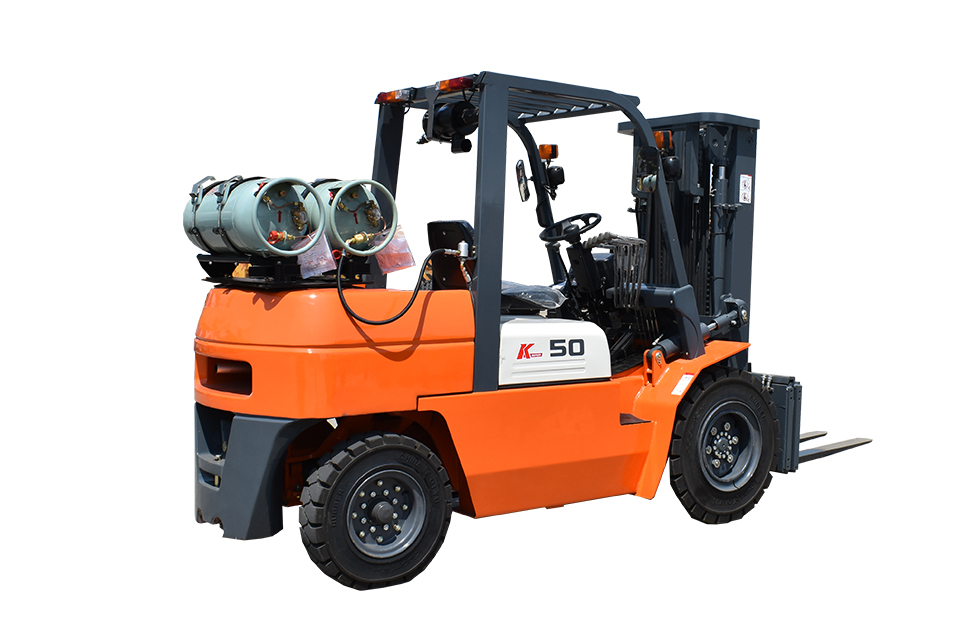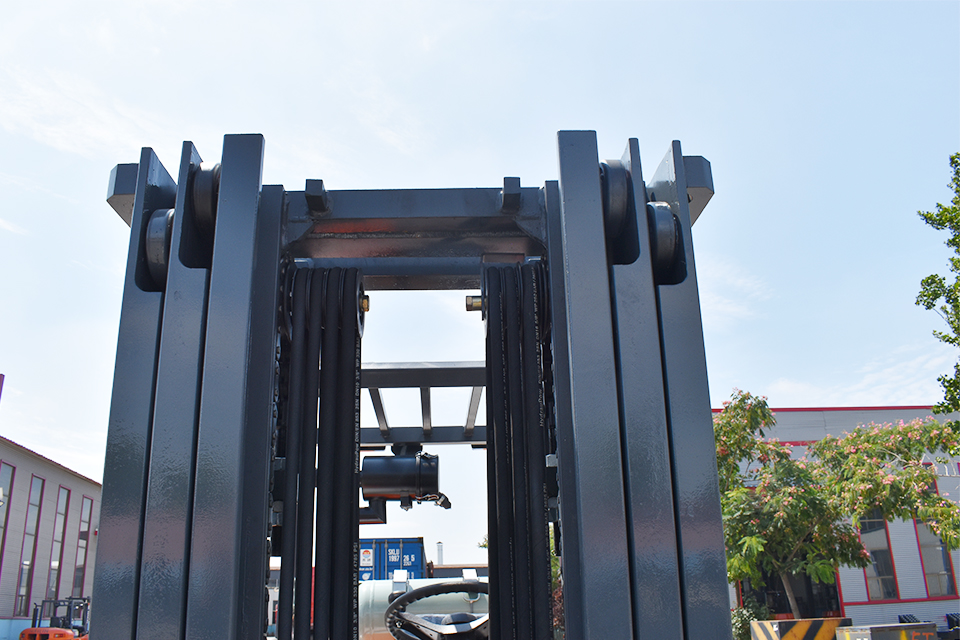what steps should you do when parking a forklift
The Art of Safe Forklift Parking: A Step-by-Step Guide
Parking a forklift might seem like a simple task, but it's a critical safety procedure that demands precision and adherence to established protocols. Improper parking can lead to accidents, equipment damage, and even injuries. Whether you're operating a brand-new electric forklift truck or a reliable used forklift, the same fundamental steps should be followed to ensure safe and efficient parking. This article provides a comprehensive, step-by-step guide to parking a forklift correctly, encompassing various scenarios and emphasizing safety considerations.
1. Selecting a Designated Parking Area: Planning for Safety
The first step in parking a forklift is identifying a designated parking area. This area should be:
Level and Stable: Avoid parking on slopes or uneven surfaces, as this can lead to the forklift rolling or tipping.
Clear of Obstructions: Ensure the area is free from obstructions, such as pallets, debris, or other equipment.
Designated Parking Lines: If available, park within designated parking lines to maintain order and prevent congestion.
Away from Pedestrian Traffic: Choose a location that minimizes the risk of collisions with pedestrians.
Away from Fire Exits and Emergency Equipment: Never block fire exits, sprinkler systems, or other emergency equipment.
For outdoor applications, particularly when using a manitou forklift or similar rough terrain forklift, ensure the ground is firm and stable, especially after rain or snow.
2. Approaching the Parking Area: Controlled Movement
Once a suitable parking area has been identified, approach it with caution:
Reduce Speed: Slow down to a safe and manageable speed as you approach the parking area.
Check Surroundings: Continuously scan your surroundings for pedestrians, other vehicles, and potential hazards.
Use Warning Devices: If necessary, use the horn or warning lights to alert others of your presence.
Maintain a Safe Distance: Keep a safe distance from other equipment and personnel.
If your workplace requires the use of an electric pallet jack to move items before parking the main forklift, be sure that the path is clear, and the pallet jack is parked correctly as well.
3. Positioning the Forklift: Precise Maneuvering
Positioning the forklift correctly in the parking area is crucial:
Align the Forklift: Align the forklift with the parking lines or designated area.
Straighten the Wheels: Ensure the wheels are straight before coming to a complete stop.
Stop Smoothly: Apply the brakes smoothly and gradually to avoid sudden stops.
4. Lowering the Forks: Ensuring Stability and Safety
Lowering the forks is a critical safety step:
Lower Forks to the Ground: Lower the forks completely to the ground.
Tilt the Mast Forward Slightly: Tilt the mast forward slightly to ensure the forks are resting flat on the ground. This prevents accidental lifting or damage.
Avoid Resting Forks on Uneven Surfaces: If the ground is uneven, reposition the forklift or use a suitable support to ensure the forks are resting flat.
5. Setting the Parking Brake: Preventing Unintended Movement
Setting the parking brake is essential to prevent the forklift from rolling:
Apply the Parking Brake: Engage the parking brake firmly.
Test the Parking Brake: Gently attempt to move the forklift to ensure the parking brake is holding securely.
6. Neutralizing the Controls: Preventing Accidental Activation
Neutralizing the controls prevents accidental activation of the forklift:
Place the Transmission in Neutral: Shift the transmission into neutral.
Turn off the Engine or Power: Turn off the engine or power switch. For electric forklift truck users, ensure the power is completely off.
Remove the Key: Remove the key from the ignition switch to prevent unauthorized use.
7. Inspecting the Forklift: Ensuring Operational Readiness
Performing a brief inspection after parking can help identify any potential issues:
Check for Leaks: Inspect the forklift for any fluid leaks.
Check for Damage: Look for any signs of damage or wear.
Report Any Issues: Report any identified issues to the maintenance department.
8. Disconnecting Power (Electric Forklifts): Ensuring Safety
For electric forklifts, disconnecting the power is an additional safety measure:
Disconnect the Battery Connector: Disconnect the battery connector to prevent accidental activation.
Secure the Battery Connector: Secure the battery connector to prevent damage.
9. Leaving the Forklift: Final Safety Checks
Before leaving the forklift, perform a final safety check:
Ensure the Area is Clear: Double-check that the area around the forklift is clear of obstructions and pedestrians.
Secure Any Attachments: Ensure any attachments are properly secured.
Leave the Area in an Orderly Manner: Exit the parking area in an orderly and safe manner.
10. Addressing Specific Scenarios:
Parking on Inclines: If parking on an incline is unavoidable, turn the wheels towards the curb or a solid object to prevent rolling. Use wheel chocks if available.
Parking in Cold Weather: In cold weather, ensure the parking brake is not frozen before leaving the forklift.
Parking for Extended Periods: If parking the forklift for an extended period, consider disconnecting the battery (for electric forklifts) or draining the fuel (for IC forklifts) to prevent damage.
Safety Considerations for Used Forklifts:
When parking a used forklift, pay extra attention to:
Brake Condition: Ensure the parking brake is in good working condition, as brakes can wear over time.

Fluid Leaks: Inspect for fluid leaks more frequently, as older forklifts are more prone to leaks.
Tire Condition: Check tire pressure and condition, as worn tires can affect stability.
Manitou Forklift Specifics:
When parking a manitou forklift, or any rough terrain forklift, be mindful of:
Ground Conditions: Ensure the ground is stable and capable of supporting the forklift's weight.
Outriggers: If equipped, ensure outriggers are properly retracted and secured.
Tire Pressure: Check tire pressure, as rough terrain forklifts often operate with different tire pressures than standard forklifts.
Electric Pallet Jack Parking:
Even a simple electric pallet jack needs proper parking.
Lower the Forks: Always lower the forks fully.
Turn Off Power: Power off the unit.
Park in Designated Area: Park in an area that will not impede traffic flow.
By following these steps, you can ensure that your forklift is parked safely and securely, minimizing the risk of accidents and damage. Safe parking is an integral part of responsible forklift operation and contributes to a safe and productive work environment.


